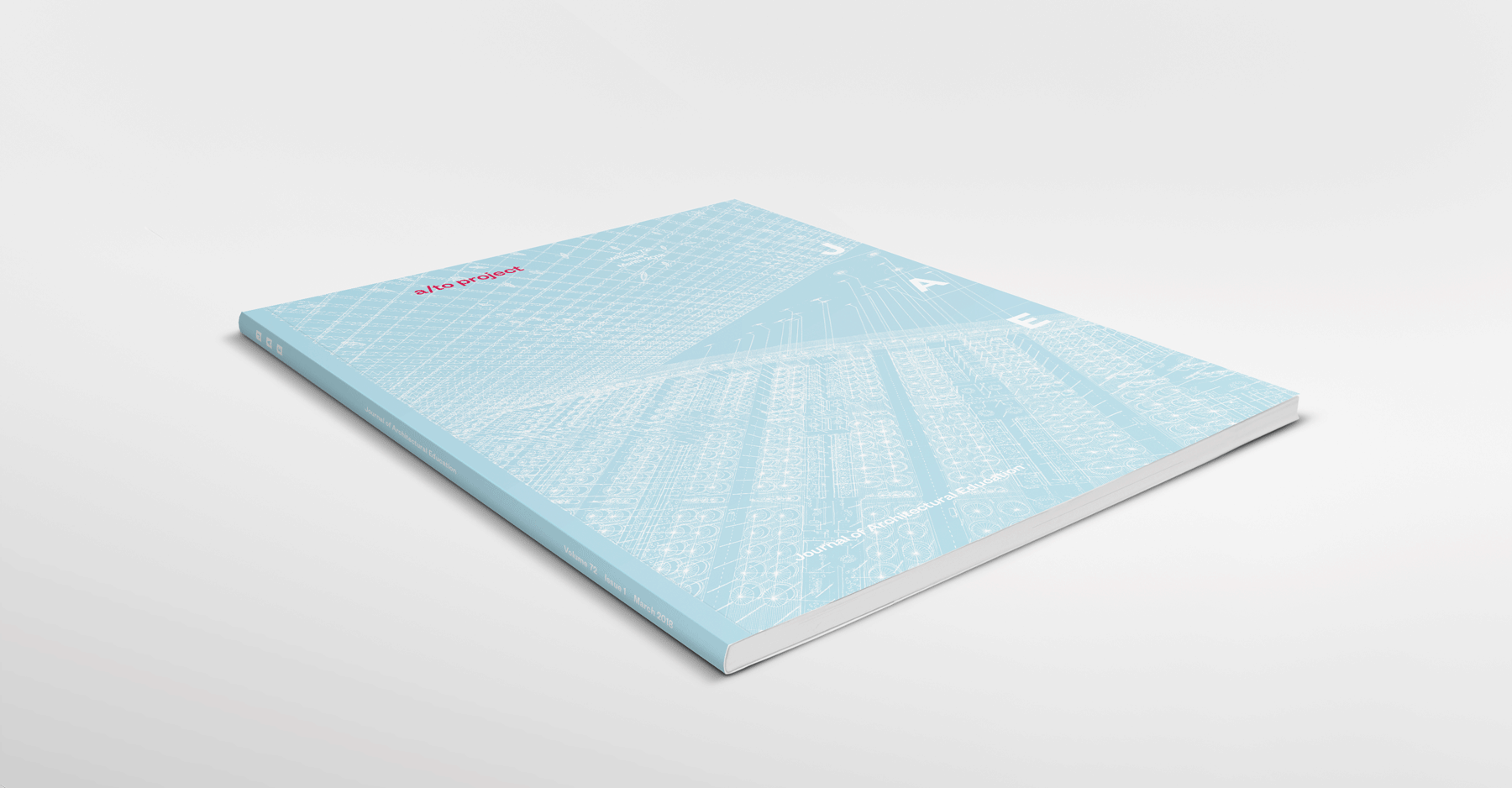
The numerous and diverse positions surrounding the idea of a project certainly results from the lexical abundance of the term itself. As an action, to project is to plan a scheme as well as to have an idea or to speculate; in other words, it simultaneously evokes acts of methodic precision and conjectural wondering. In Freudian terms, to project describes the externalization of an internal process, a making visible of an invisible condition, and thus it relates to the political and ethical dimension of making things public. As a noun, a projectcan be a final building, but it may also be the process surrounding it. It can refer to a body of research or to the pedagogical framework of a design studio. In several languages, such as Spanish and Italian, a project (proyecto, progetto) may refer to the plan drawing of a building as well as the design of it, with the verb form projecting (proyectar, progettare) being the activity proper to architects, as opposed to designing (diseñar, disegnare). The family of derivatives surrounding the term—such as projection, projective, projectable, projecting—demonstrates its malleability within architectural discourse. In one notable example, Robin Evans problematizes the complexities of architectural projections in his aptly titled book The Projective Cast, concluding with the provocation that “projection breaches the boundary between world and self, object and the objective and the subjective.”3
Within such a vast field of definitions and understandings, the nature of projects seem to generally address the ambiguity of volatile and concrete actions that precipitate in demonstrations. Fundamental to any form of project is that it must be manifested. In their appearing, projects have the capacity to sustain the continuous experimental nature of their existence. These demonstrations prompt the architect’s reflection on his or her own judgment and perception, yet another kind of projection. Within the nature of projects and projecting, the original meaning of theory as an inherently reflective practice thrives and persists. The work, in turn, projects outward, allowing the architect to keep wondering, changing, and testing.
Three Design as Scholarship submissions address the issue theme by utilizing design practice as projections into wider inquiries. Rodrigo Delso Gutiérrez and Javier Argota Sánchez-Vaquerizo’s “Autonomy and Automation in the Architectural Project: The Algorithm of Hypermobile Commuter’s City” questions design as a digital, autonomous project within the potentials offered by big data. Their work opens relevant questions regarding the role of the architect and the city among the vast and rapidly expanding fields of available digital information. Positioned in between past and future, Kristof Crolla’s “Bending Bamboo Rules: Beyond Century-Old Typologies” explores a threatened, traditional form of bamboo craftsmanship in Hong Kong and exposes how a project can combine modern tools and techniques with historical practices, keeping an old building technology both alive and current. Lastly, Yasser Megahed and Adam Sharr’s “Practiceopolis: From an Imaginary City to a Graphic Novel” explores practice-based design research as a project of critical fiction. Through the format of a graphic novel, the authors dramatically unfold the conflicts, values, and ideologies that shape the relationships between the architect and other actors in the construction profession.
In addition, twenty eight Discursive Images contributions show the wide range of projects that architects explore throughout their creative work, practice, and research. Created and commented on by its author, each image constitutes a microcosmos of thinking and making. Beyond their immediate, visual seduction, I ask the reader to slowly indulge a more savory reading of these images, as they offer valuable content in reflecting on the project of architecture. A further set of Discursive Images, specifically selected and examined by members of the JAE design committee, explores the multidimensionality of projects. These images originate in a variety of sources and time periods, reflecting the critical positions of committee members in regard to the issue theme. Lastly, in recognition of the untimely passing of architect and educator Diane Lewis, we celebrate her passionate commitment to architecture with a thoughtful piece by Nader Tehrani, dean of the Irwin S. Chanin School of Architecture at The Cooper Union and principal of NADAAA. In an essay entitled “Diane Lewis: Reader of Urbanity” Tehrani commemorates her work and stark intellectual legacy while reflectively mourning the loss of a loved and respected figure in the architectural community.
Continue Reading:
Notes





